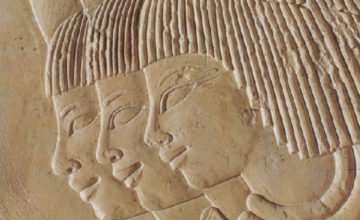
Three Forces and the Three Lines of Work
Intervals in an octave are places where other octaves may enter and move things in a different direction. Intervals can result in an outcome completely different from what we expect.
Read More…The Fourth Way and Esoteric Traditions

Intervals in an octave are places where other octaves may enter and move things in a different direction. Intervals can result in an outcome completely different from what we expect.
Read More…
The Fourth Way teaches that the Law of Three is one of two cosmic laws. It states that every phenomenon, whether physical or psychological, is the result of three forces coming together in a moment. These forces are active, passive and neutral–or affirming, denying and harmonizing. Let’s take the example of learning to play a […]
Read More…
If we understood the law of octaves, we could see more clearly how the universe unfolds, or how a tree grows, or how learning requires special efforts at certain, very specific, points.
Read More…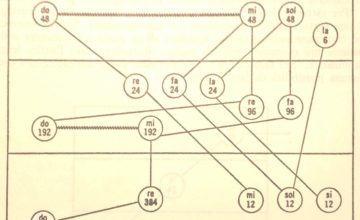
Reading the Food Diagram pages in Ouspensky’s In Search of the Miraculous can be difficult. However, theoretical work lights the way for practical work. Practical work, in turn, helps to further decipher the theory. If the two don’t proceed together, work stops. It’s also possible to learn something well enough to perform it, even if you don’t […]
Read More…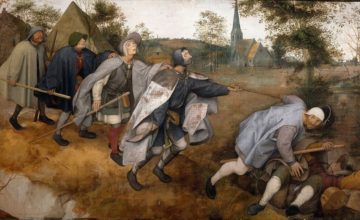
When we read about the law of three and the law of seven, it sounds like an exact science, but we are somewhere between theory and practice. We see that the lines of events and actions can actually be known, calculated, planned for in advance. When we observe our inner world and our life in the external world, it is not easy to find this exactness. Nothing seems to follow a straight line. The motives and end results, the endings and beginnings of our actions are unclear.
Read More…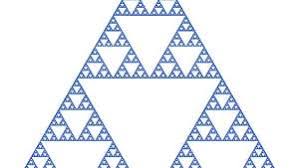
Ordinarily—that is, in the second state—our machines function on the basis of stimulus and response. This means that some stimulus is the first force for our actions. The stimulus initiates the action, while our reactions to it are the second force. The third force determining the nature of the reaction comes from our mechanicality: chief feature, type, and so on.
When we we are observing ourselves, however, our work introduces a new triad. In this triad, the work is the first force and mechanicality is the second force. The observer (and eventually the steward and then higher centers) is the third force. This represents the process of regeneration, in which the form provided by the Work acts on the matter of the machine with a third force stemming from consciousness.
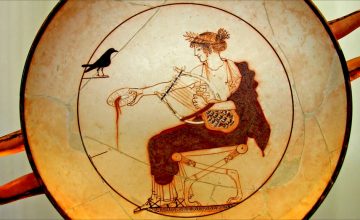
How does the study of octaves and intervals help us understand our own efforts to be more present, more awake? The Natural Law of Octaves and Intervals The Law of Seven can be observed everywhere in the natural world and in everything we do internally and externally. If we understood the law of octaves, we […]
Read More…